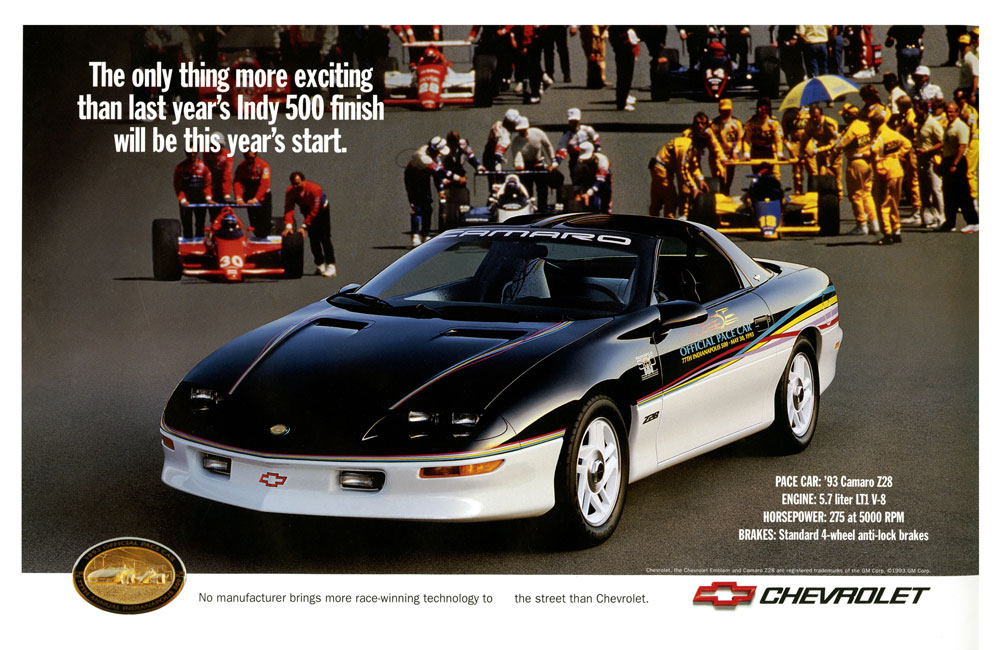Posted by Support Staff on 7th Aug 2017
Why aren’t 1993-2002 Camaros and Firebirds worth more?
At the end of the 1980s, two things happened in the American automotive market: organic, aerodynamic forms replaced angular bricks, and performance returned in earnest. It was prompted by the 375-horsepower, 175-mph Chevrolet Corvette ZR1, and Japanese golden-era models like the Acura NSX, high-wing Toyota Supra Turbo, and third-generation Mazda RX7.
The muscle car market had almost collapsed in the late ’70s as emissions regulations cut 350-cubic-inch V-8s to a wheezy 165 hp. The market recovered, but the 1987 IROC Camaro still generated only 220 hp in a hard-riding and dated body. As the ’80s turned into the ’90s, Japanese manufacturers continued to make smaller, faster cars while domestic automakers clung to V-8 engines and rear-wheel drive, and they saw their share of the market shrink.
By 1993, the Chevrolet Camaro and Pontiac Firebird were overdue for a makeover, as the previous model’s lifetime for both cars stretched 10 model years. The fourth-generation GM sports cars were well-received by the press and public. In 10 years, nearly one million of them were sold—971,687, to be exact—633,196 Camaros and 338,491 Firebirds and Trans Ams. In its debut year the Camaro Z28 came with a 5.7-liter, 275-hp V-8 that laid down a 0-60 mph time of 5.3 seconds and a quarter mile time of 14 seconds flat, according to Car and Driver. With all that (for $17,269), serious American performance for the masses was officially back.
To continue reading, visit Hagerty.com





